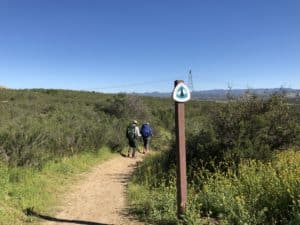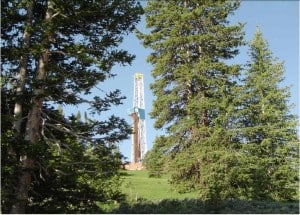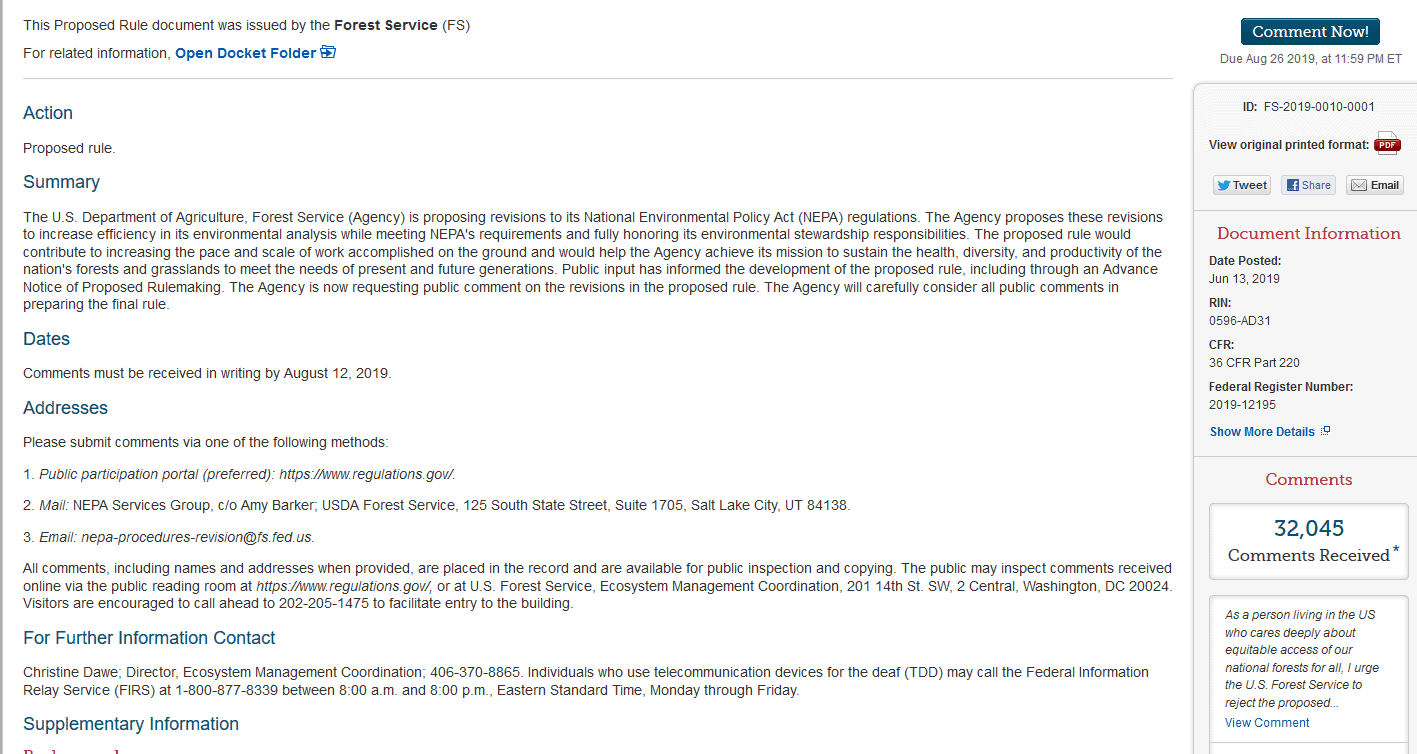Well, not exactly, maybe. This could be a good example of how to get the public involved early enough in the process for timber harvest decisions that the locations have not been determined yet. But consider that the decision-maker is the same one who applied “condition-based” NEPA analysis to the Prince of Wales area of the Tongass, which has ended up in court.
Bitterroot National Forest Supervisor Matt Anderson has added a new “pre-pre-scoping” stage to the process, not part of the traditional process in which a set of options is presented to the public for review and analysis.
The new approach is meant to get the public involved prior to coming up with any specific actions being planned for any specific location.
That much I like the sound of.
“There is confusion,” said Anderson. “It’s hard for the public to get involved. We are asking ‘What do you want to see? What’s your vision?’” He said the agency was “starting at the foundational level, not any particular location.” He said it was important to get to those particulars but the way there was to first describe the “desired future condition that we want and then look at the various ways we can achieve it.”
Asked about the fact that the current Forest Plan describes a desired future condition for the Bitterroot Front that involves returning it to primarily a Ponderosa pine habitat with little understory, Anderson said that is in the current plan, but that the plan is about 30 years old. He said a lot has changed in that time on the ground. There have been lots of fires and areas where no fires have occurred, and the fuel load has gotten extremely high. He said current conditions need to be assessed and they were currently compiling all the maps and other information they need to get an accurate picture of what is on the ground today in the project area.
This should raise a concern about how this process relates to forest planning, since forest plans are where decisions about desired conditions are made. However, old forest plans typically didn’t provide desired conditions that are specific enough for projects, so that step has occurred at the project level. Under the 2012 planning rule, specific desired conditions are a requirement for forest plans, but the Bitterroot National Forest is not yet revising its plan. Whatever desired conditions they come up with should be intended as part of the forest plan, and the public should be made aware of this. If the new decision is not consistent with “Ponderosa pine habitat with little understory,” they’ll need an amendment to be consistent with the current plan. (I’d add that changes in the on-the-ground conditions over the last 30 years shouldn’t necessarily influence the long-term desired condition.)
“The Tongass is so different than the Bitterroot,” said Anderson. “There is not much similarity. I’m not trying to replicate that process here. It was a conditioned-based process up there. It’s like comparing apples to oranges.” In reference to conditioned-based projects, he said, “One difference with this project is that some of that will be pre-decision and some of that will be in implementation. We are trying to shift some of the workload to the implementation stage.”
He said they have a slew of options, from traditional NEPA, to programmatic NEPA to condition-based NEPA “and we are trying to figure it out.”
He insists that the NEPA process will be followed with the same chance for public comment and involvement on every specific project that is proposed in the area.
There’s some ambiguous and possibly inconsistent statements there. Condition-based NEPA seeks to avoid a NEPA process “on every specific project.” I could also interpret shifting workload to “pre-decision” and “the implementation stage” is a way to take things out of the NEPA realm.
And then there’s this:
In response to the notion that the huge project is being driven by timber targets and not health prescriptions, Anderson said that the Regional Office had set some timber targets for different areas of the region, but that those targets were not driving the analysis. “This project has nothing to do with meeting any target,” said Anderson.
This feels a little like “There was no quid pro quo.” Would timber harvested from this project not count towards the targets? (I’d like to see targets for achieving desired conditions.) All in all this project would be worth keeping an eye on.
(By the way, here’s the latest on Prince of Wales.)






